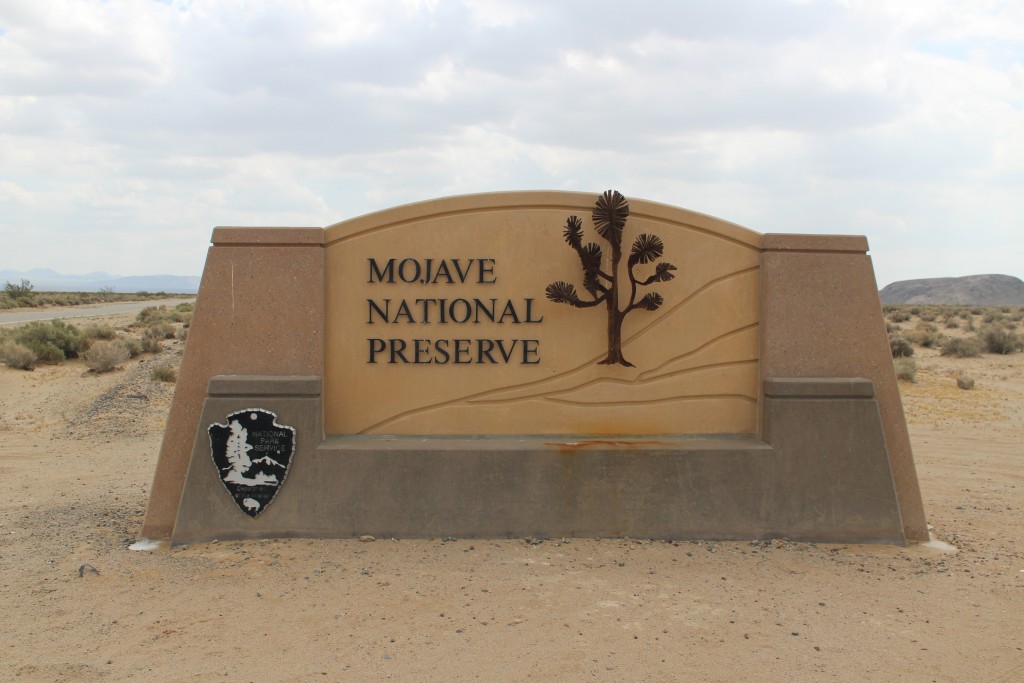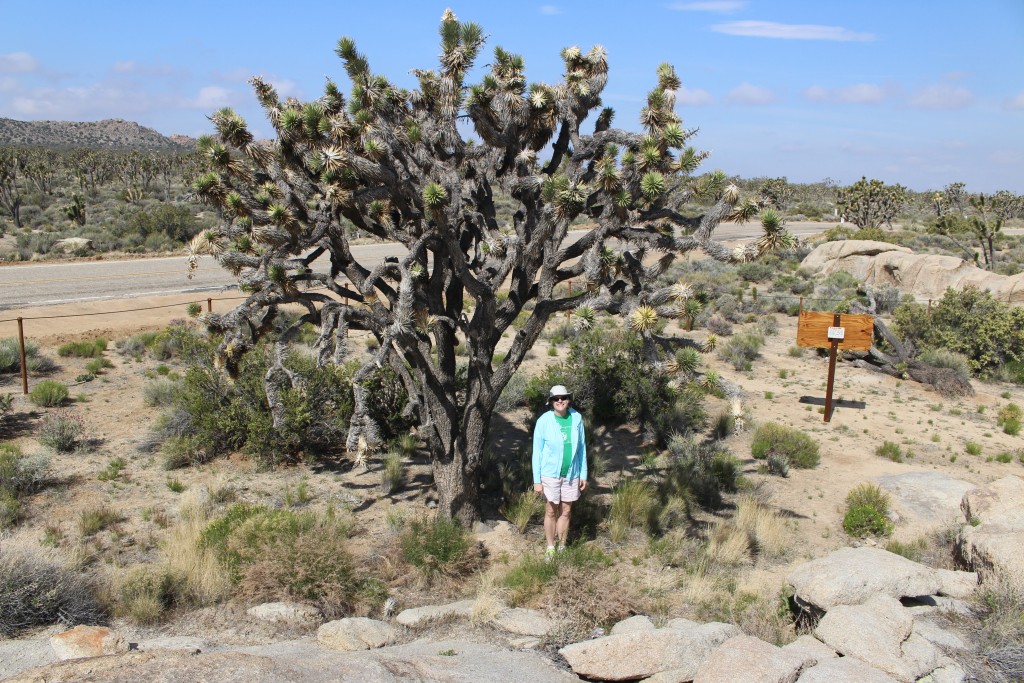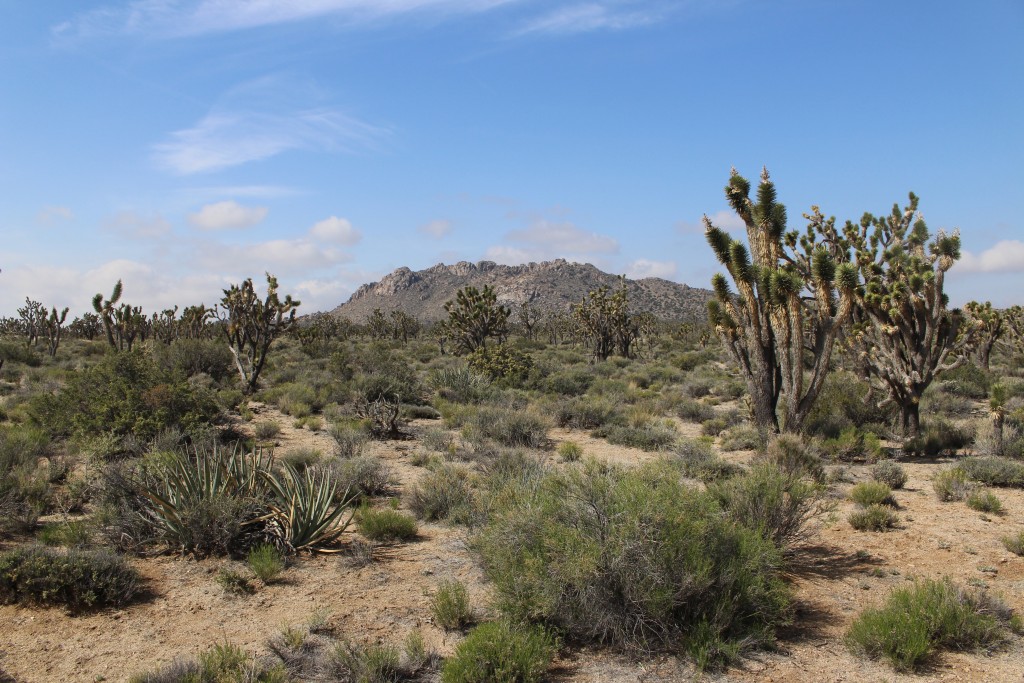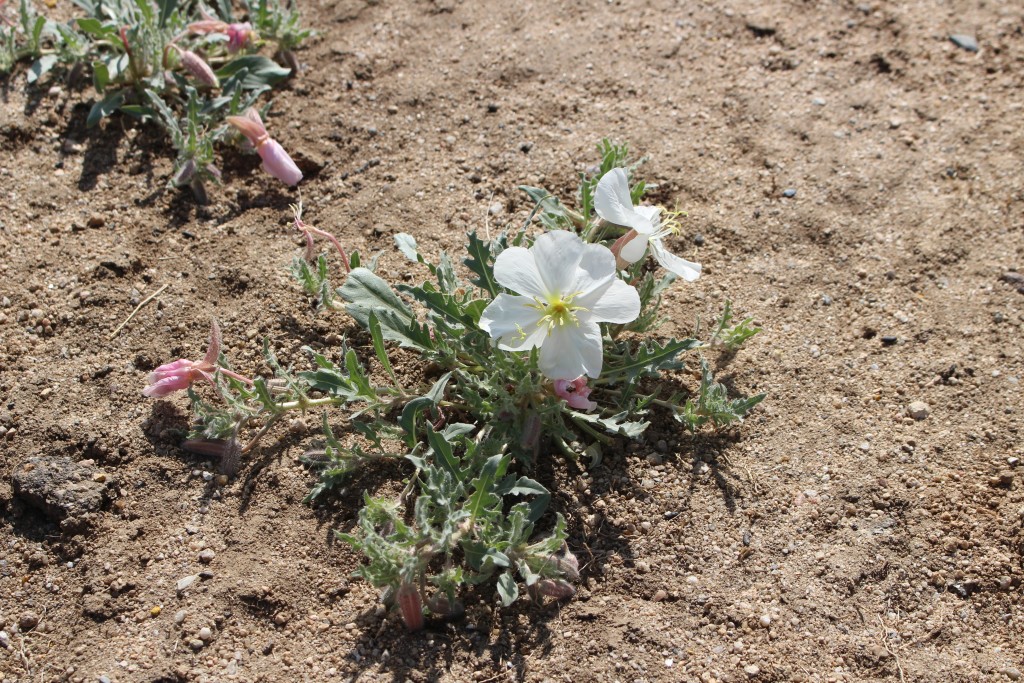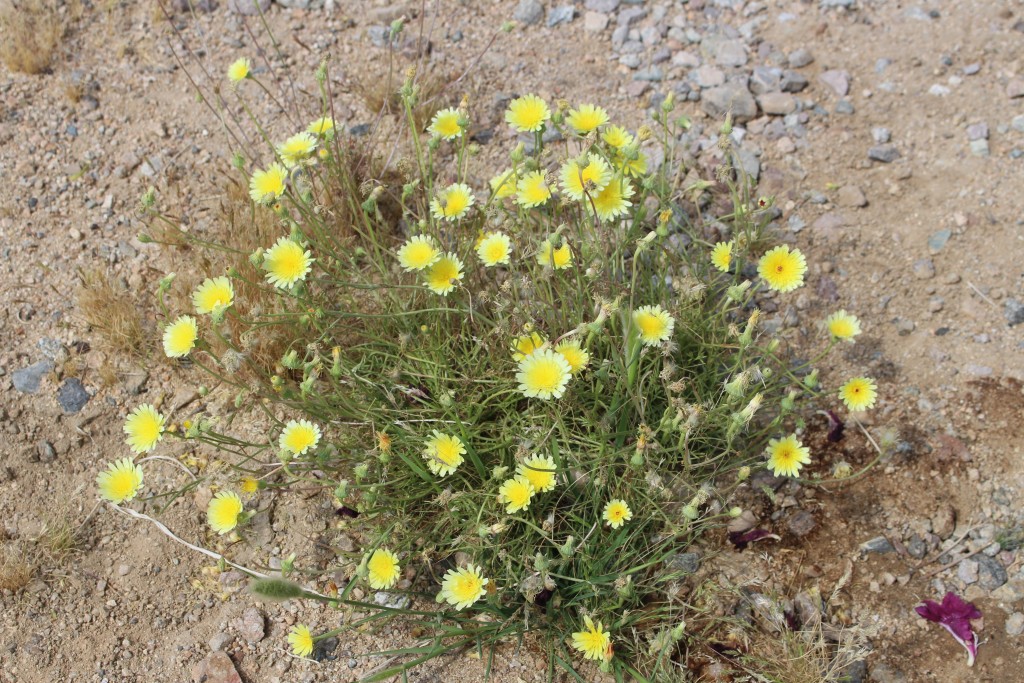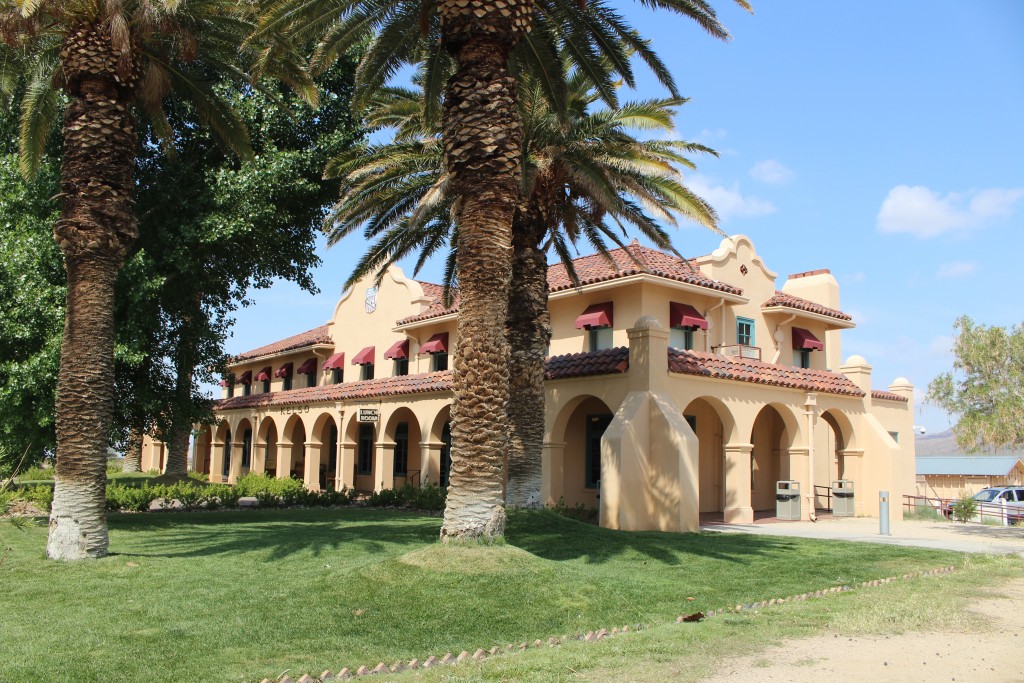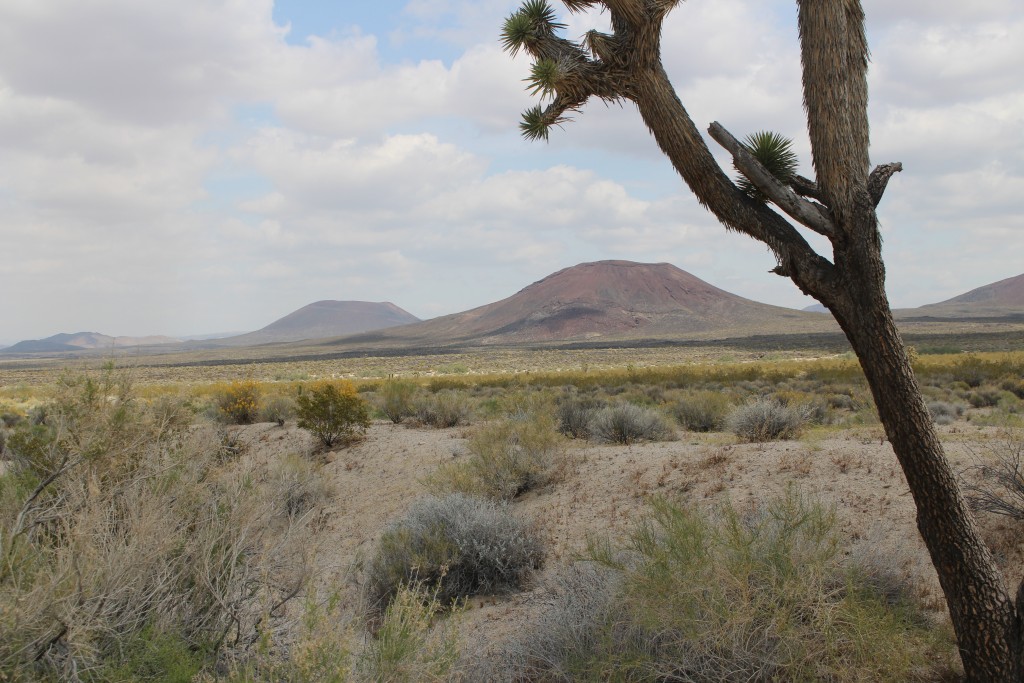While Tom and I are in Las Vegas, we have been making day trips to parks close by (within a 60 mile drive). Las Vegas is surrounded by mountains and parks so our difficulty has been narrowing down those places to see in the week we are here. One of our day trips was to Mojave National Preserve.
Do you know the difference between a National Park and a National Preserve? The only difference is a Preserve allows hunting. We asked at the Visitor Center in Mojave what hunting they allow – mule deer. We wanted to see Mojave because it is one of the places we were offered a job for the winter. We were very interested in it, but our supervisor at Scotty’s Castle, Abby Wines, got in touch with us sooner and convinced us that Scotty’s was a better fit for our gifts and for a first time volunteering in the National Parks experience. But Mojave is still a possibility for the future so we thought we should take a look.
Mojave has 1.6 million acres, so it is about half the size of Death Valley, but it has some similarities to Death Valley. It is very remote and is a part of the larger Mojave Desert, as is Death Valley. There are lots of canyons, mountains, and mines. The plant life is very similar to what you will find at the higher elevations of Death Valley. There are not a lot of designated hiking trails and people are allowed to hike wherever they please.
But there are also some significant differences. Mojave has two towns located within its borders: Kelso and Cima. Cima looks abandoned at this point (except for a junkyard of cars) but Kelso has about 20 people who work on the Union Pacific Railroad lines that run through the preserve. Mojave also has several active ranches inside its boundaries. Unlike Death Valley, Mojave doesn’t have any developed hotels or restaurants. The closest town of any size, Baker, calls itself “The Gateway to Death Valley” and doesn’t mention Mojave. Because Mojave has interstate highways as its north and south borders, it doesn’t feel as remote as Death Valley.
Mojave is made up of several distinct geographical areas. There are some salt flats, a large area of volcanic cinder cones, the largest Joshua Tree forest in the US, sand dunes, and mesas.
There are some interesting creatures in the Mojave National Preserve. The Mojave Green Rattlesnake is the most venomous snake in the United States. The desert tortoise is very active in the most visited areas of the park, making it important to keep your eyes open as you drive so that you don’t hit one while it slowly crosses the road.
The main Visitor Center for Mojave National Preserve is located in Barstow, which is at the extreme northwestern edge of the park. It is only convenient if you are coming from the Los Angeles area. We were traveling from Las Vegas, so we stopped at the Kelso Visitor Center (the place we would have worked if we had chosen to go to Mojave). The Kelso Visitor Center is housed in the old train depot and has a nice museum of the area. The Depot used to house railroad workers and had a lunch room to feed train passengers and workers. The depot was decommissioned in 1984 and has been beautifully restored as the Visitor Center. Freight trains still rumble through the park many times every day.
Our visit to Mojave National Preserve turned out to be a drive-through. We didn’t find any trails to hike and didn’t feel like heading out off-trail on the only day we had in the preserve. There are some wonderful trails in the Hole-in-the-Wall area of the preserve, but we didn’t have time to go there on a one day trip. We enjoyed the Visitor Center and have a better idea of what to see and do in the preserve when we go back.

